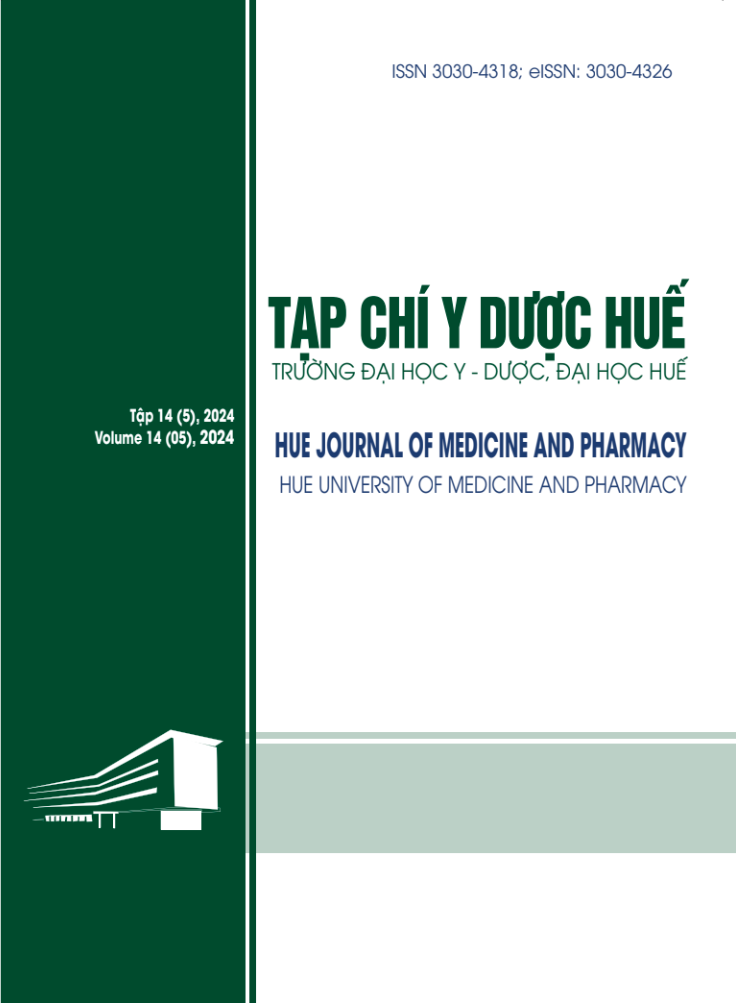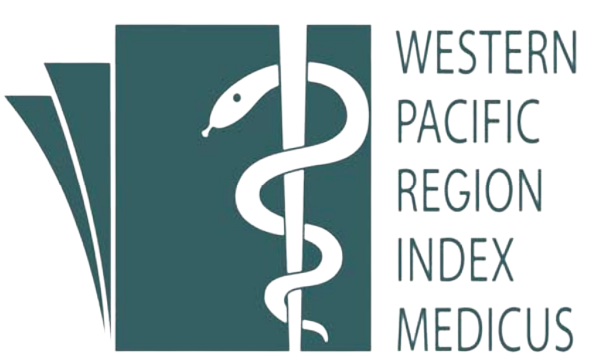Abstract
Introduction: Diffusion Tensor Imaging (DTI) enables the examination of complex microstructural changes and the reconstruction of 3D nerve fiber pathways. This study aims to optimize DTI post-processing for the median nerve in carpal tunnel syndrome. Materials and Methods: 36 wrists of 21 patients diagnosed with carpal tunnel syndrome and 20 normal wrists of 10 volunteers were obtained using DTI 20 directions on a 1.5T MRI with hand coil 16 channel. The parameters optimized in this study include Step length, FA threshold, and Angle threshold. Results: Increasing the step length reduced the number of voxels and volume of fiber bundles. A step length of 1 - 2 mm revealed a statistically significant difference between the patient and the control groups regarding fiber bundle length, mean FA value, and mean MD value. Raising the FA threshold decreased the number of voxels, fiber length, volume, and mean MD, with an optimal clinical range of 0.2 to 0.3. Increasing the angle threshold boosts the number of voxels, volume, and fiber length. A threshold of 30° offered sufficient fiber density while minimizing false fibers and shows a significant difference in fiber length between the patient and the control groups. Conclusion: The visibility of the median nerve fiber bundle depends on optimizing the FA threshold, angle threshold, and step length parameters.| Published | 2024-09-25 | |
| Fulltext |
|
|
| Language |
|
|
| Issue | Vol. 14 No. 5 (2024) | |
| Section | Original Articles | |
| DOI | 10.34071/jmp.2024.5.21 | |
| Keywords | DTI, median nerve, carpal tunnel syndrome, Tractography DTI, thần kinh giữa, hội chứng ống cổ tay, Tractography |

This work is licensed under a Creative Commons Attribution-NonCommercial-NoDerivatives 4.0 International License.
Copyright (c) 2024 Journal of Medicine and Pharmacy
Le, T. T., Hoang, N. T., & Nguyen, T. T. (2024). Optimization of post-processing parameters for diffusion tensor imaging of the median nerve in carpal tunnel on a 1.5T. Hue Journal of Medicine and Pharmacy, 14(5), 161. https://doi.org/10.34071/jmp.2024.5.21






